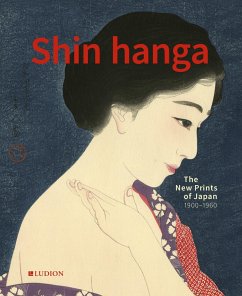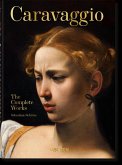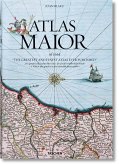Twentieth-century Japanese printmaking has come in for relatively little attention. Classic Hokusai and Hiroshige landscapes and Utamaro's beautiful images of women remain the dominant form.
All the same, since the 1990s museums and private collectors have shown a growing interest in shin hanga ('new prints'): balanced designs printed on luxurious paper, with the finest pigments and in smaller editions. They are the fruit of the traditional yet highly successful collaboration between artist, publisher, block-cutter and printer.
It is not so much in their subject matter as their visual language that shin hanga prints set themselves apart from their traditional precursors. Where the classically depicted women were stylized and idealized, their more recent counterparts are based on real models, individually recognizable and full of emotion. The modern landscapes, meanwhile, are impressionistic rather than figurative, using a range of colour nuances to achieve highly atmospheric results.
This book offers a unique selection with which to explore twentieth-century Japanese printmaking. The prints it reproduces are mostly drawn from two large private collections, and, by way of great exception, items from the family collection of the publisher Watanabe, the man who started it all.
All the same, since the 1990s museums and private collectors have shown a growing interest in shin hanga ('new prints'): balanced designs printed on luxurious paper, with the finest pigments and in smaller editions. They are the fruit of the traditional yet highly successful collaboration between artist, publisher, block-cutter and printer.
It is not so much in their subject matter as their visual language that shin hanga prints set themselves apart from their traditional precursors. Where the classically depicted women were stylized and idealized, their more recent counterparts are based on real models, individually recognizable and full of emotion. The modern landscapes, meanwhile, are impressionistic rather than figurative, using a range of colour nuances to achieve highly atmospheric results.
This book offers a unique selection with which to explore twentieth-century Japanese printmaking. The prints it reproduces are mostly drawn from two large private collections, and, by way of great exception, items from the family collection of the publisher Watanabe, the man who started it all.








